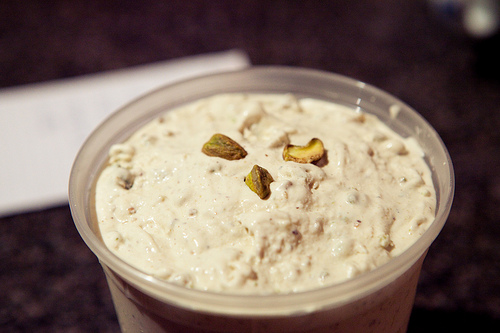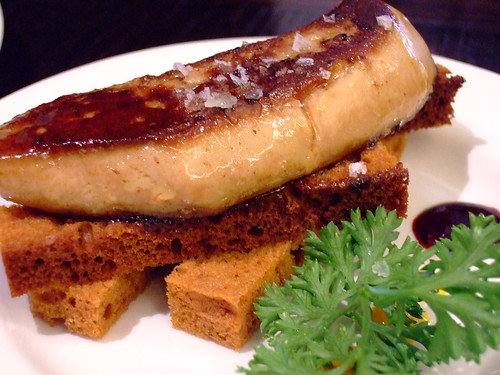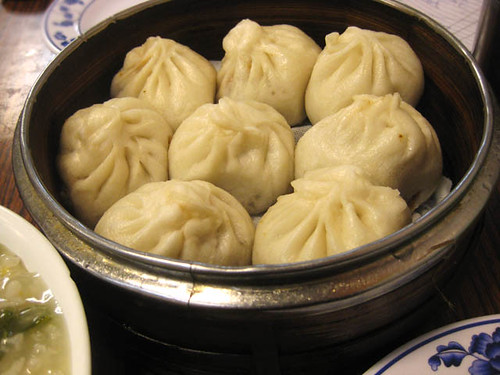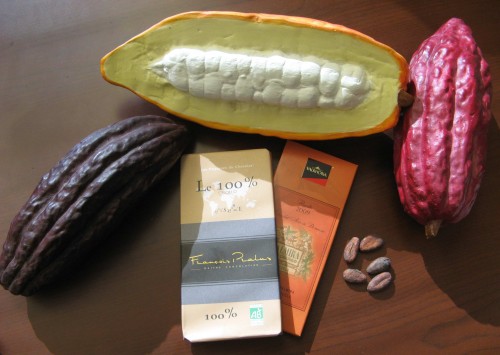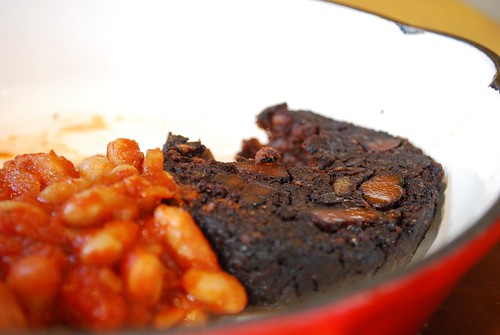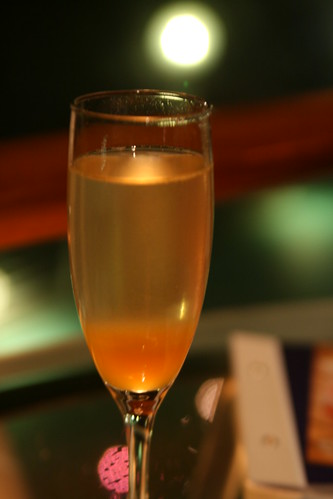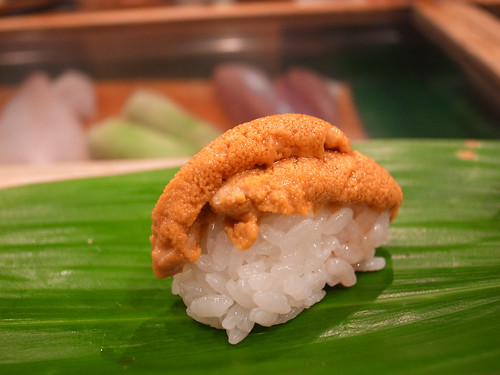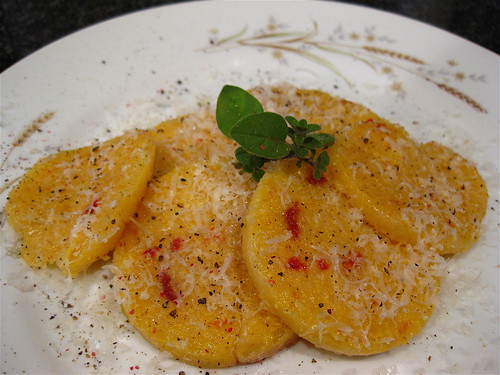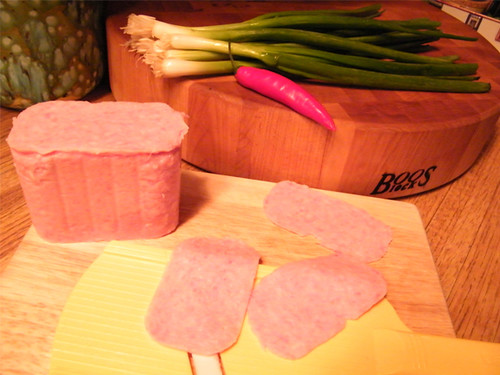
‘Pho’
courtesy of ‘adie reed’
It’s time for another edition of the DC Omnivore 100, where we explore the top one hundred foods every good omnivore should try at least once in their lives.
One night when my friends and I were sitting in Pho 75 in Arlington (on Wilson Blvd. in the same shopping center as Ray’s Hellburger), we pondered why so many pho restaurants have numbers in their names. We imagined a syndicate (we called it La Pho-sa Nostra) full of Vietnamese men in fancy suits, tasting each entrepreneur’s humbly-presented, steaming bowl of pho, and giving it a rating. “This pho is very tasty. You can be… Pho 75!”
Of course, the truth is nowhere near as entertaining. The number is usually either a lucky number (8s and repetition are considered especially auspicious), or a number significant to the owner: his or year birth year, the year the family left Vietnam, etc.
Pho itself originated in the late 19th/early 20th century in Vietnam. There are some regional variations, but the basic idea is a very clear, anise-scented broth with onions, rice noodles, and thin cuts of meat. It’s served with a variety of additions and condiments- at Pho 75, considered by many to be the best pho in the DC area, your pho comes Southern Vietnam-style, with a plate of bean sprouts, limes, chili peppers, and basil to stir in, as well as hoisin and Sriracha. It’s commonly eaten at all times of the day, including breakfast, but being a fan of my Western food traditions, I tend to prefer it at lunch or dinner.
If you’ve never had it, there are a few things you need to know: Continue reading


